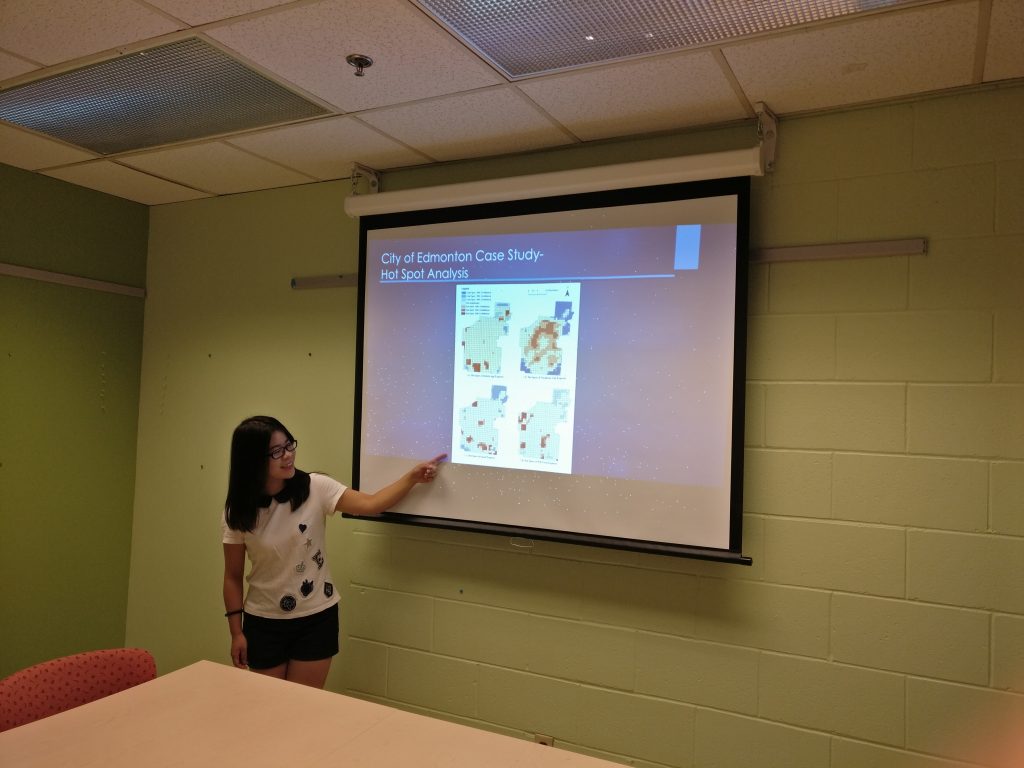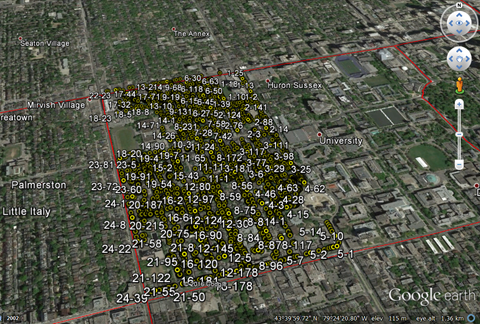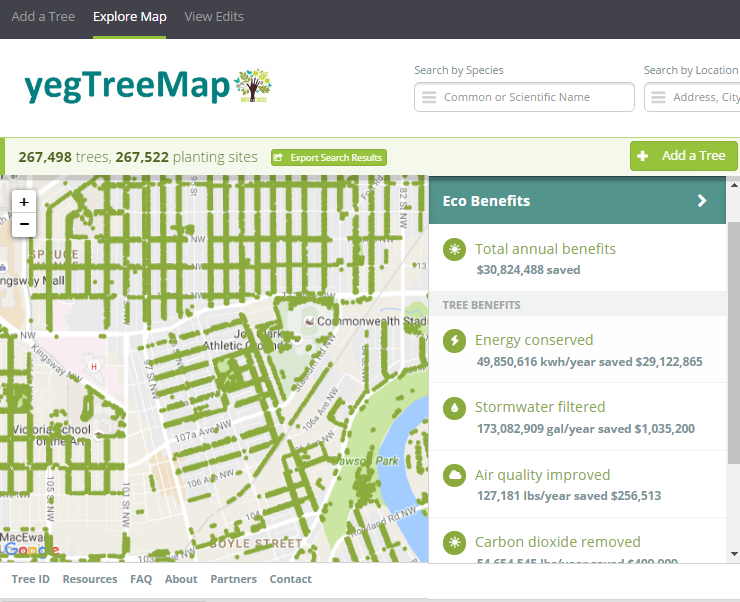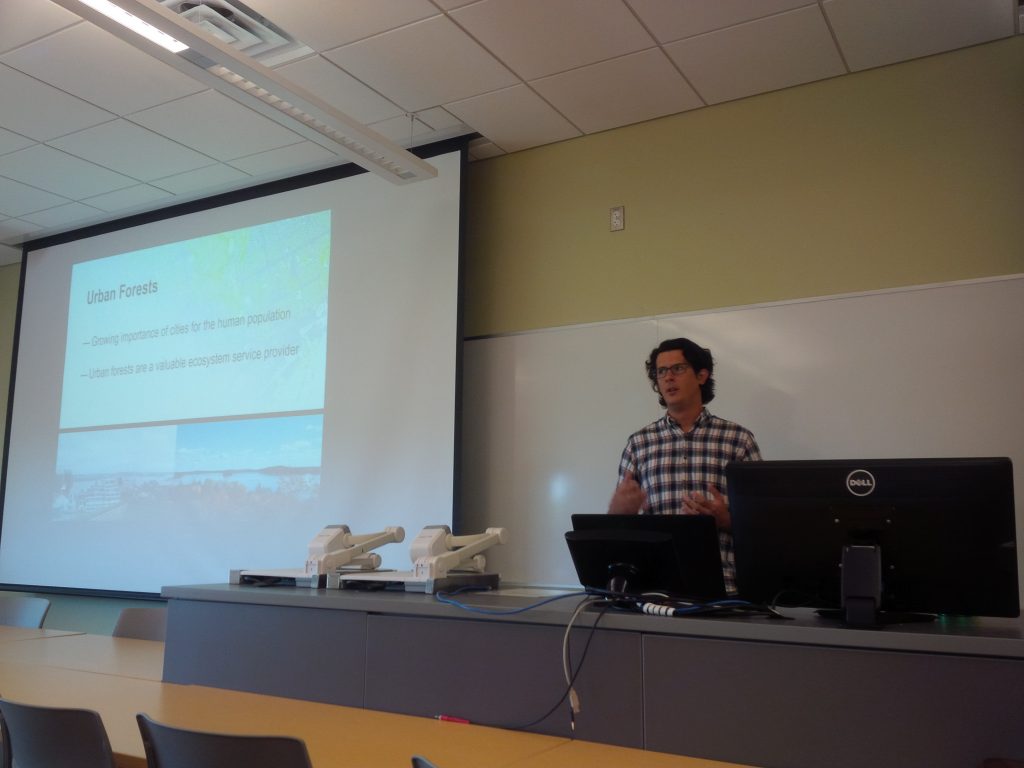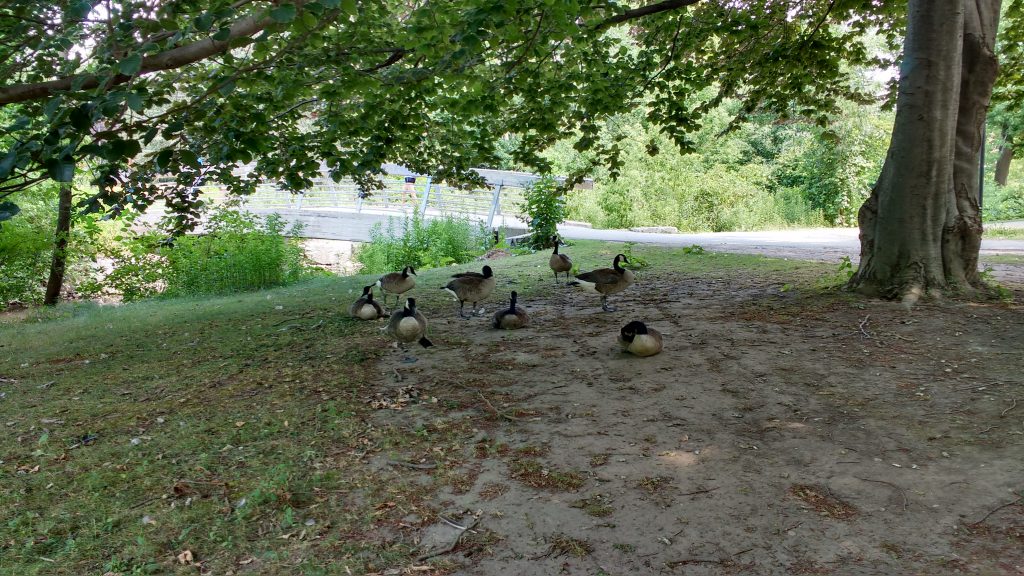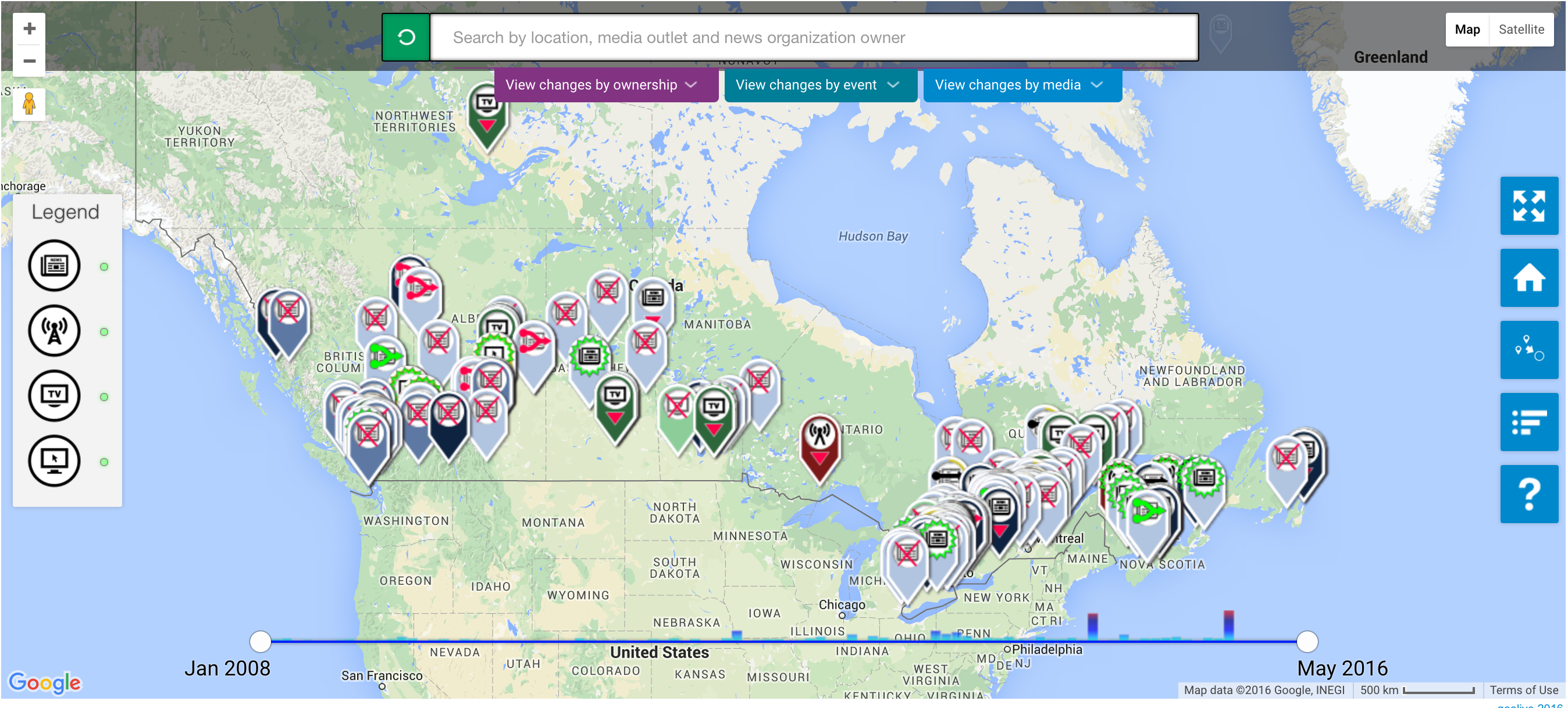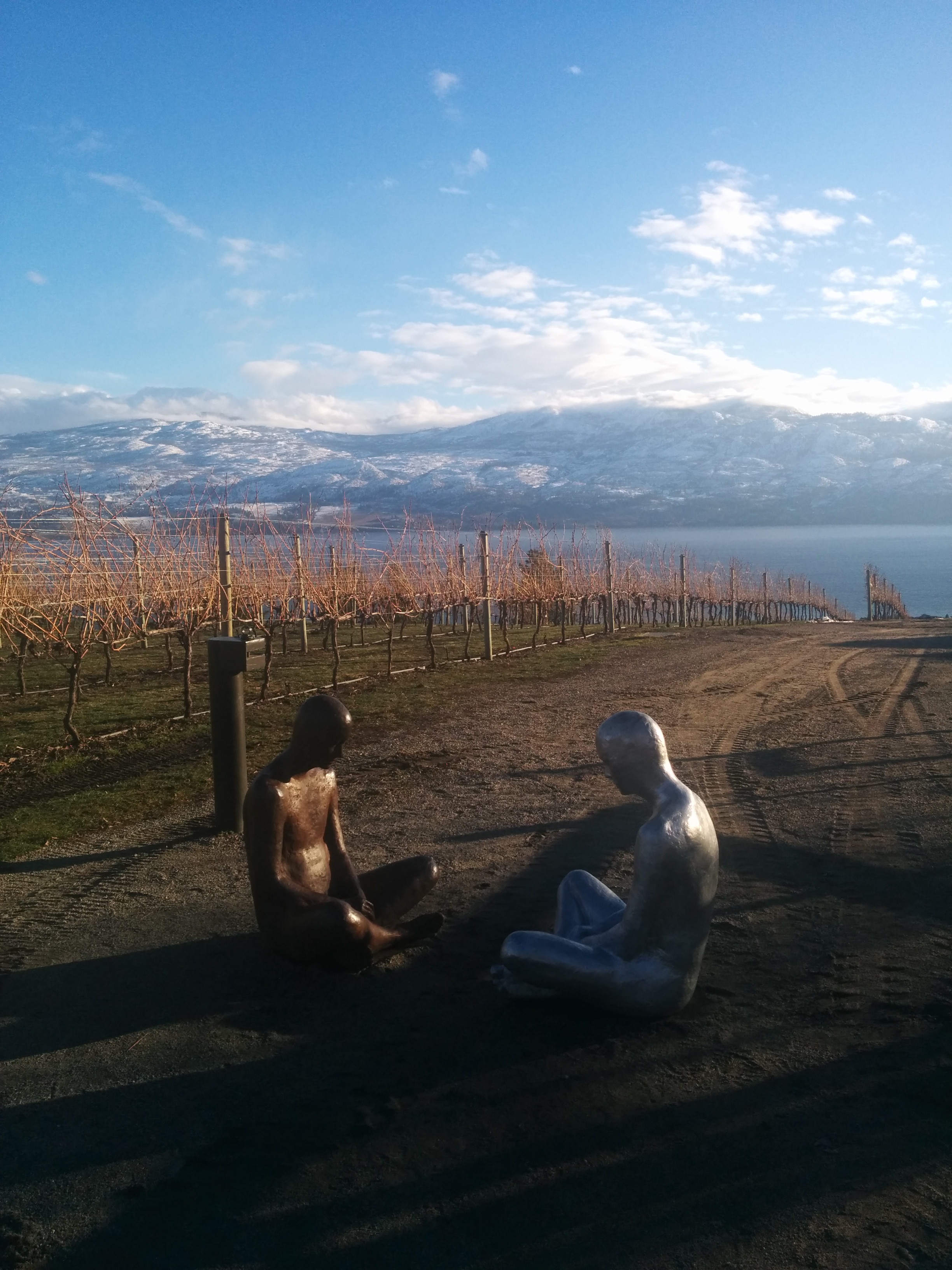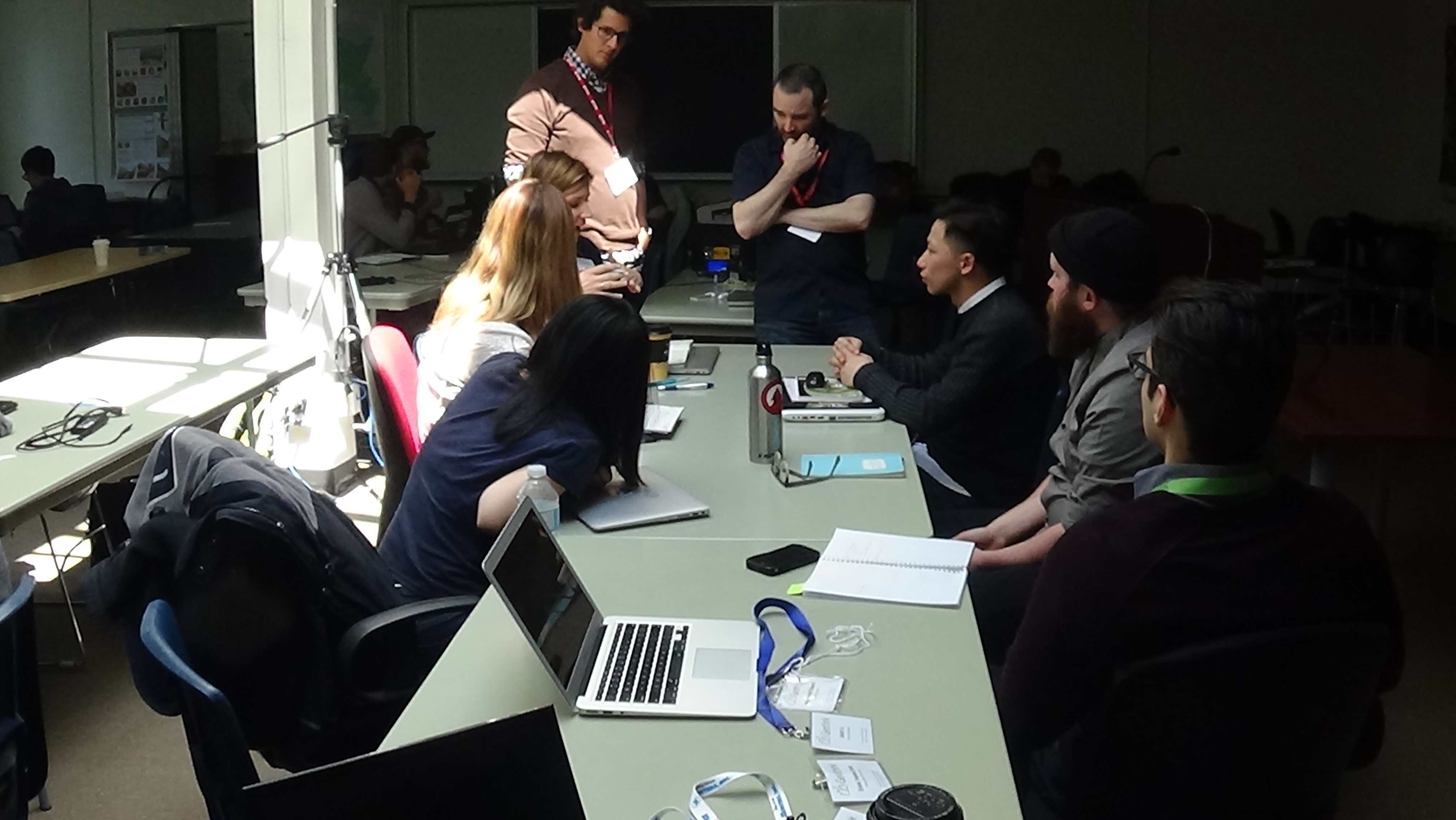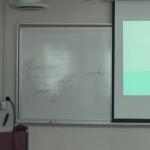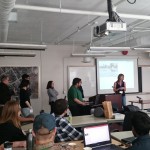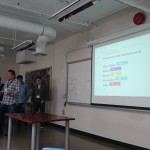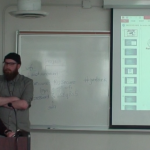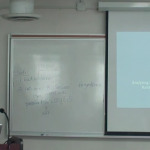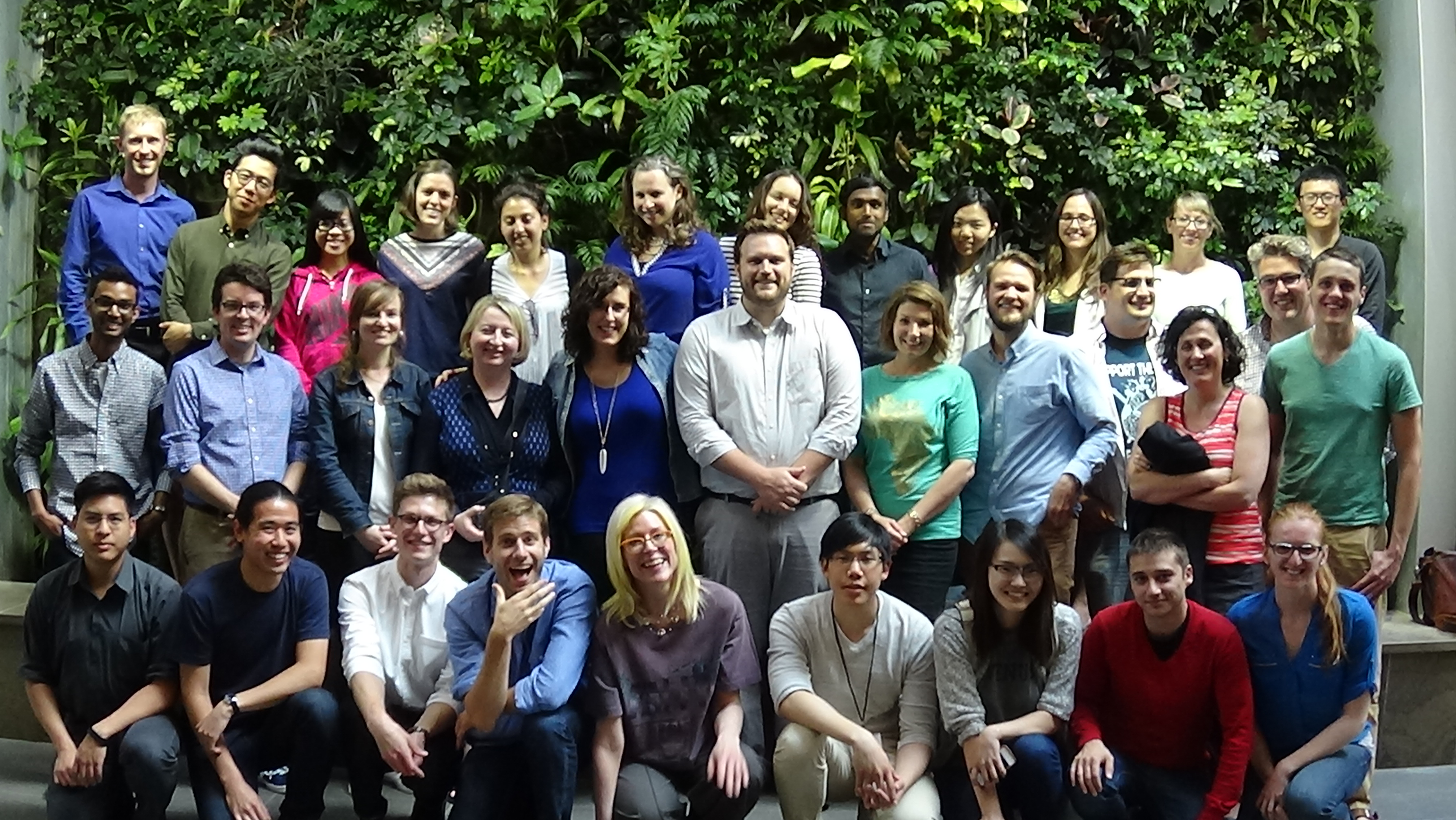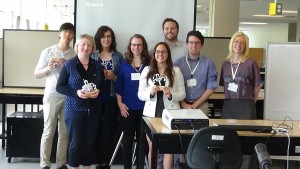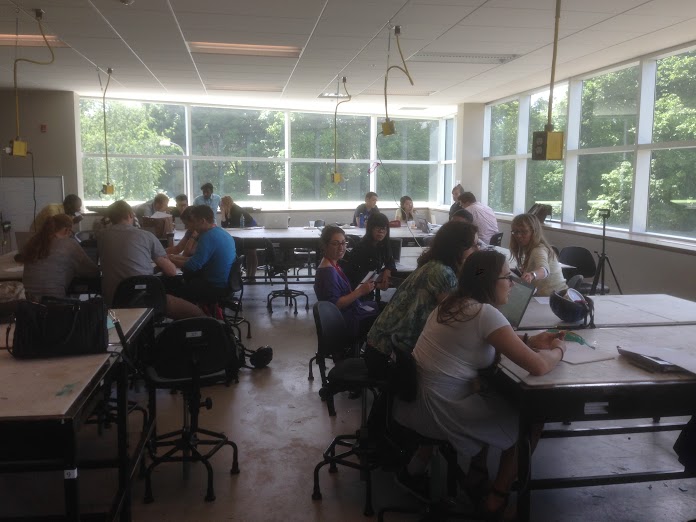This is a guest post from Geothink student Wei Jiang at the University of Ottawa, Faculty of Law, under the supervision of Professor Teresa Scassa.
By Wei Jiang
While not everyone is out to catch ‘em all, few people in Canadian cities and in many countries around the world are unaffected by the recent Pokémon Go craze. Alongside the wide range of more or less amusing incidents that have been reported arising out of Pokémon Go, articles have also explored the current legal ramifications of this popular Artificial Reality (AR) app. In this blog post, I explore the possible legal developments that may be necessary in response to the potential explosion of AR apps like Pokémon Go.
Though the Pokémon Go craze appears to be fading, the impact of the popular AR app, which overlays virtual critters (Pokémon) on the geography of the real world, is likely to remain. Already, Niantic and other app developers are working on the next wave of games that redefine how we interact with our physical surroundings. Furthermore, as Virtual Reality (such as Oculus Rift and HTC Vive) and wearable technologies mature, AR apps could see a further boost in popularity.
Currently, legal analysis of Pokémon Go focus mainly on the impacts of the app in terms of the existing legal framework. These include legal actions like trespass, nuisance, and infringements of intellectual property (IP) rights. Homeowners not only face the prospect of trespassers damaging their property, but could also be responsible for harm that trespassers sustain on their property as part of their occupier liability. Indeed, with homeowners responsible for the conditions of sections of the sidewalk in many Canadian cities, the increase in the number of pedestrians playing Pokémon Go could present a significant risk. At the root of these potential legal actions is one fundamental reality: someone has altered the qualities of a physical space (be it a home, park, or restaurant) by designating it as a virtual landmark known as a “Pokéstop” or “gym”.
In broader terms, the challenge posed by AR apps is who can decide the qualities of the virtual space that overlays the physical world. Although future AR apps may not turn real world locations into “Pokéstops” and “gyms”, the core attraction of AR remains unchanged: the juxtaposition of the real world geography with a set of virtual meanings and rules. Currently, it is Niantic (the company behind the overlaying of virtual materials over physical geography) that asserts the right to determine the meanings associated with virtual space, presumably because the virtual space is a part of an application over which they have IP rights.
There is, however, a danger in applying a purely intellectual property framework to the situation of AR apps. IP ownership is only one aspect of overlaying a virtual space on top of a physical one. Other aspects of this behaviour, mainly issues of allocation of risk in case something bad happens, are often separated from the beneficial aspects. Such is the situation with Pokémon Go: while profiting from the IP aspects of Pokéstops and gyms, Pokémon Go developers subtly avoid confronting the issue of why property owners should bear increased risks associated with the same action of designating a location as a Pokéstop and gym.
The development history of Pokémon Go’s Pokéstops and gyms serves to illustrate the interests in keeping the IP and risk dimensions of Pokémon Go separate. Pokémon Go developed relatively quickly by importing a network of virtual landmarks from Niantic’s previous AR app – “Ingress”. These virtual landmarks were submitted by the users of “Ingress”, but did not draw much attention because of the relatively smaller player-base of that app. Any risk of legal liabilities was passed on to the app’s users through the terms of service. With Pokémon Go’s success, however, the developers are beginning to monetize their virtual landmarks by selling the right to become a “Pokéstop” or “gym” to businesses. For example, McDonald’ s in Japan was the first business to sign on to the “sponsored locations” scheme. In spite of the app’s recent decline in popularity, businesses are still signing on to this model.
Presumably, the logic of sponsored locations is that businesses can leverage the success of Pokémon Go’s brand to increase their own revenues. However, this IP-focused interpretation narrows in on only the commercial aspect of being designated a virtual landmark and keeps the other, potentially less positive, dimensions separate. In reality, when McDonald’ s signed on to the sponsored locations scheme, the full range of consequences was probably considered and accounted for: the increase in occupier liability, the possible nuisance created by the swarming players, and the possibility of attracting unwanted app users. People living on or near virtual landmarks imported from Ingress, however, often did not even know that they were affected by the app and thus did not have the opportunity to negotiate the placement of the marker. Risk was allocated to them without their knowledge or consent.
Indeed, considering that Pokémon Go’s successful system depends on these virtual landmarks, it could even be argued that the company took advantage of someone else’s rights without paying compensation. The problem with this assertion is that there are no rights to the virtual space that exists at a particular location. While some thinkers have began questioning whether real property rights should extend to the virtual space on top of it, few have explored this idea in detail.
One way to think about this question is to compare the placing of a virtual landmark to the placing of a sign on a physical space: both markers transmit information, impact the physical location, and have value because of the qualities of that physical location. The difference between signs on the internet and these virtual landmarks in an AR app is precisely that AR apps depend on and affect these physical locations.
Unlike advertising on the internet, virtual landmarks, where information is embedded in a location in virtual space as part of an AR app, are intricately bound up with the physical location on which they sit. Pokéstops are often established on top of landmarks and scenic locations because Pokémon Go advertises itself as an application that guides people to explore interesting locations in the real world. In addition, a certain concentration of virtual landmarks is required for the game to function properly (which is part of the reason why Pokémon Go is so difficult to play in rural regions). In both instances, Pokéstops derive value for the game based on attributes of the physical space on top of which they are placed.
Simultaneously, the benefit derived by Pokémon Go from placing these virtual landmarks also has an impact on the underlying physical space. The main impact is the increase in the number of people visiting a particular location, which carries with it associated consequences like increased noise levels, congestion on sidewalks, loitering, and the risk of harm. Only certain kinds of businesses can appropriately leverage the increase in visitors. For most residential areas, the result of being designated a virtual landmark is negative. Indeed, any potentially positive aspects of being designated a virtual landmark, such as possible increases in real estate value, could turn out to be less certain since the app developers can decide to remove the virtual landmark at their discretion.
Finally, the impact of layering information on top of a physical location is not to be underestimated. The Auschwitz Holocaust Museum incident, where a Pokémon Go player snapped a picture of a poison-gas Pokémon inside the museum, is a good example of how losing control of the ability to determine the meaning associated with a property publicly could undermine important aspects of the property, especially those with cultural significance. The Chinese takeover of the Pokémon Gym on top of Japan’s Yasukuni Shrine is another example of how dramatically an AR app could interfere with an owner or community’s ability to determine and preserve the meaning of a physical property. While everyone is free to hold their own opinions about what things mean, the overlaying of information through AR presents a new realm that resides in between the public display and the private mind.
Many of these issues exist because the legal dimensions of AR applications are ill-defined. As AR continues to develop, essential questions to be considered include “what is a virtual object” and “where is a virtual location”? Two legal frameworks come to mind. First, rights to physical space could be extended to the overlaid virtual space. This essentially makes the virtual space on top of a physical location an additional wall or sign area that is available for transmitting information, thus giving owners the ability to bargain for its use. Second, defining aspects of AR applications (such as virtual landmarks) as objects that could interact with the physical world may allow property owners to better defend themselves through the trespass framework, as they could now resist the placement of the virtual objects pre-emptively rather than wait for the scattered trespasses and nuisances that occur as a consequence of the placement of that object.
These developments could come either as a result of legislation or with courts interpreting virtual property into the existing property law frameworks. Another potential development in response to AR is the regulation of public space. With AR apps sending more people onto streets and into public spaces, issues of overcrowding in downtown spaces by AR players may prompt governments to regulate how AR developers guide player movement. As Professor Renee Sieber points out, the algorithms for Pokémon Go are not objective and contain biases that affect where people playing the game are attracted to. How the movement aspect of AR apps is regulated can have significant implications not only for issues of discrimination, but also for issues of access to public spaces and the gentrification of space. Developers and regulators should be aware of not only how AR apps create movement and gatherings, but also who the AR app users are pushing out of particular spaces, so as to avoid doing damage to already marginalized groups.
Wei Jiang is a J.D. student at the University of Ottawa, Faculty of Law. He is a Geothink student under the supervision of Professor Teresa Scassa.
